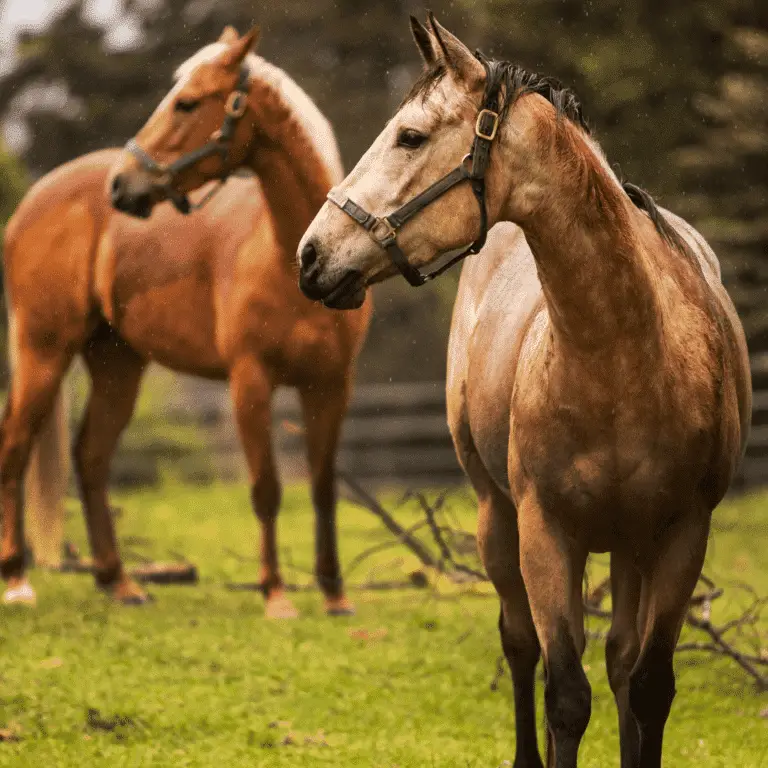Mud Fever is often caused by bacteria in wet environments. It is a non-contagious skin disease. When the skin softens due to long exposure to wetness, in combination with mud that rubs against and damages it, bacteria can enter. This most often occurs on the lower legs, horses with feathering are more prone to it since the feathering doesn’t dry well and hold on to mud more.
Another cause can be leg mites, which break the skin allowing the bacteria to enter.
